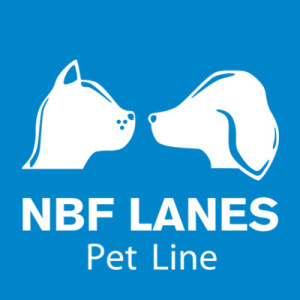Grazie al recente articolo di seguito, vengono monitorate le fluttuazioni ormonali fra cani e proprietari a seguito di un periodo di distacco e ricongiungimento: emerge l’evidenza dello stress da separazione da parte di entrambi. Vista la stagione, da ciò possiamo trarre il consiglio di portare in vacanza insieme a noi il nostro Pet!
Gli indicatori fisiologici di attaccamento nei cani domestici (Canis familiaris) e loro proprietari
Physiological Indicators of Attachment in Domestic Dogs (Canis familiaris) and Their Owners in the Strange Situation Test
Morag G. Ryan,1,*† Anne E. Storey,2,3,‡ Rita E. Anderson,2 and Carolyn J. Walsh2,*‡
Front Behav Neurosci. 2019; 13: 162. Published online 2019 Jul 23.
doi: 10.3389/fnbeh.2019.00162 PMCID: PMC6664005 PMID: 31396061
Abstract:
Behaviorally, attachment is demonstrated when one individual maintains close proximity to another individual and shows distress upon separation. For 29 owner-dog dyads, we employed a modified Ainsworth’s Strange Situation Test (SST) to investigate whether both members would show a physiological reaction to separation. Dogs experienced a series of separation from and reuniting events with their owners and were introduced to a stranger. Before and after the SST, saliva samples were taken from each dyad to measure stress-related analytes: cortisol (CORT) and chromogranin A (CgA). Dogs exhibited attachment behaviors toward owners as evidenced by more time spent in close proximity, more contact initiated and less time spent near the door, compared to episodes with the stranger. Dogs that initiated more contact with their owners in re-uniting episodes had lower CgA than dogs that initiated less contact, but their owners had higher CgA levels. Also during re-uniting episodes, dogs and owners spent more time near each other when owner CgA levels were low, owner CORT levels were high, and the dog had owner-reported separation anxiety. During the episodes alone with the stranger, dogs with higher CORT spent more time with the stranger. Finally, dogs’ initial CgA levels were correlated with their owner’s initial CORT levels, and dog final CORT levels were correlated with their owners’ final CORT levels, suggesting some hormonal synchrony within the dyad. As all owner-dog dyads were assessed as securely attached, attachment style differences could not explain variation in hormonal or behavioral results. These results suggest that dogs may respond to owner hormonal state and/or behavior and demonstrate that individual differences in responses to a behavioral challenge reflect the stress physiology of both dogs and their owners.
